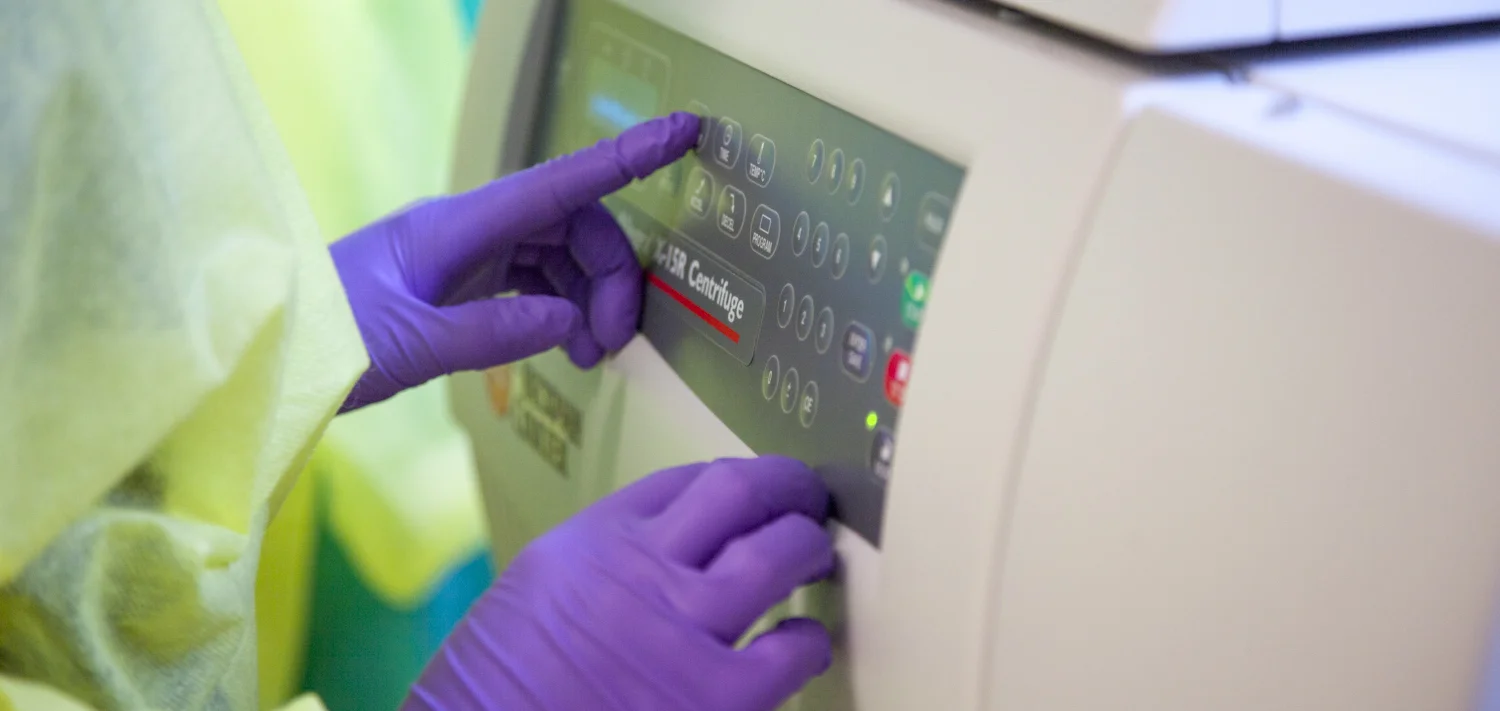Next-Generation Prediction ModELS
The advent of cutting-edge 3D models, along with predictive tools that incorporate multiomics approaches and artificial intelligence (AI), marks a significant leap forward in the field of cancer research and treatment.
These innovations provide a more nuanced understanding of the disease by allowing scientists to explore the diversity and functions of immune effector cells from various origins in a highly detailed and dynamic environment. Unlike traditional 2D cultures, 3D models mimic the complex structure of human tissues and tumors more accurately, offering insights into how cancer cells interact with their surroundings and how they respond to potential treatments.
The integration of AI and multiomics—analyzing the collective set of molecules, such as genes, proteins, and metabolites, that constitute a cell or tissue—enables the analysis of vast amounts of data from these 3D models. This approach allows researchers to identify patterns and relationships that might not be evident through conventional methods. By leveraging these tools, scientists can predict the efficacy of different immune effector cells against specific cancers, assess the potential for off-target effects, and understand the mechanisms through which these cells exert their anti-tumor activity. One of the most promising aspects of utilizing 3D models and AI in cancer research is the potential to significantly reduce reliance on mouse experiments.
Animal models, while valuable, often do not fully replicate human disease processes or predict human responses to treatments accurately. By providing a more human-like model of cancer, 3D cultures allow for a more accurate prediction of how therapeutic candidates will perform in clinical settings. This not only leads to more ethical research practices by reducing the number of animals used in experiments but also streamlines the drug development process by identifying the most promising candidates earlier. Furthermore, these advanced models facilitate quicker and more informed decisions when selecting candidates for clinical testing.
The ability to simulate the human tumor microenvironment and monitor the interaction between cancer cells and immune effector cells in real-time enables researchers to evaluate the efficacy of various therapeutic approaches rapidly. This can lead to the identification of the most potent and safe candidates for clinical trials, accelerating the pace at which new treatments become available to patients.
In summary, the use of sophisticated 3D models and predictive tools in cancer research represents a transformative shift towards more accurate, efficient, and ethical development of cancer treatments. By enhancing our understanding of the tumor microenvironment and the behavior of immune effector cells within it, these technologies pave the way for the rapid identification and clinical translation of promising therapeutic candidates, ultimately aiming to improve patient outcomes and reduce the burden of cancer.
References:
· Uncovering the mode of action of engineered T cells in patient cancer organoids. Nature Biotechnology 2023
· CRISPR screens decode cancer cell pathways that trigger γδ T cell detection. Nature 2023

